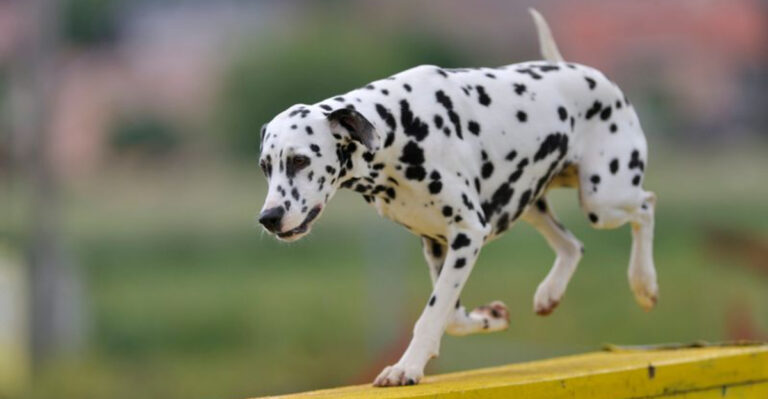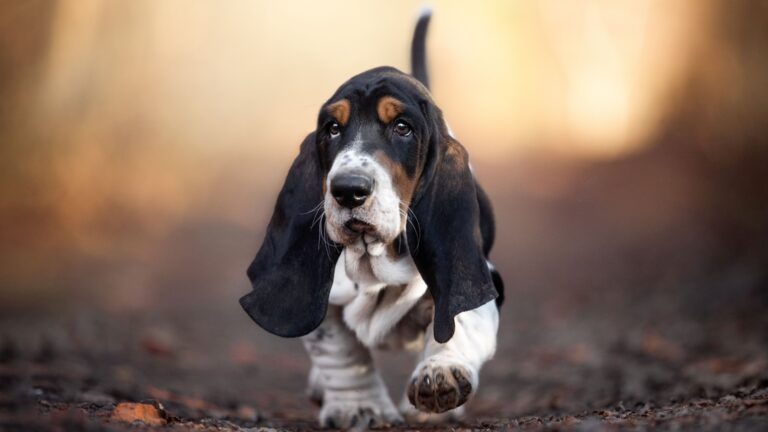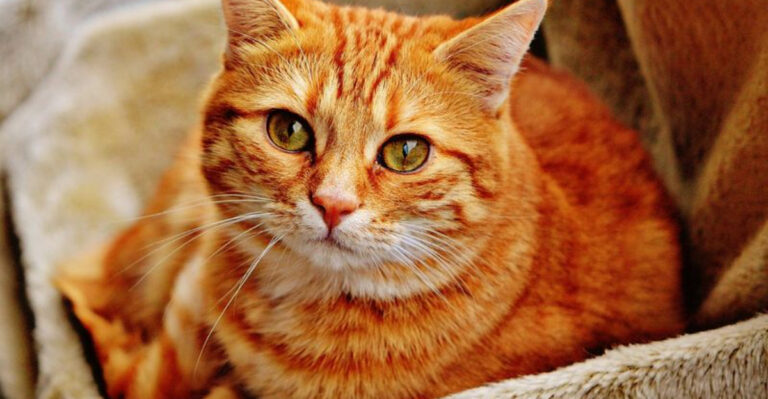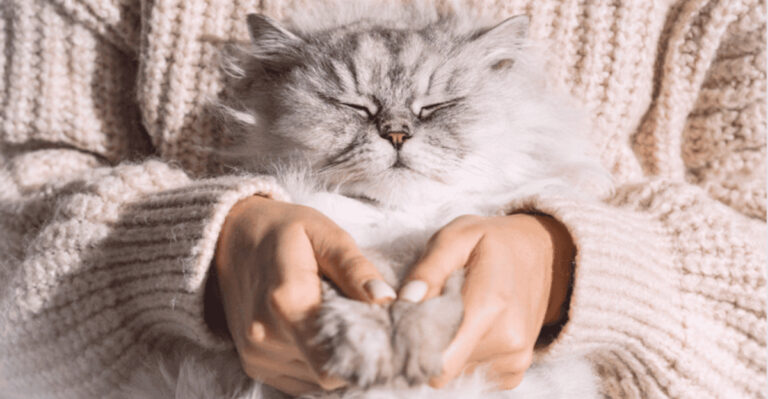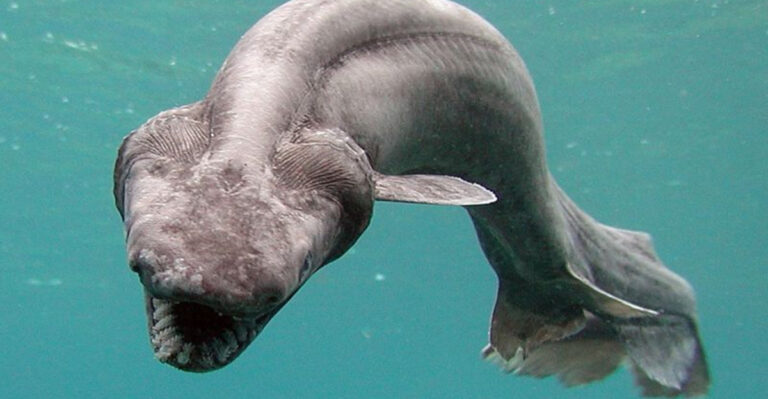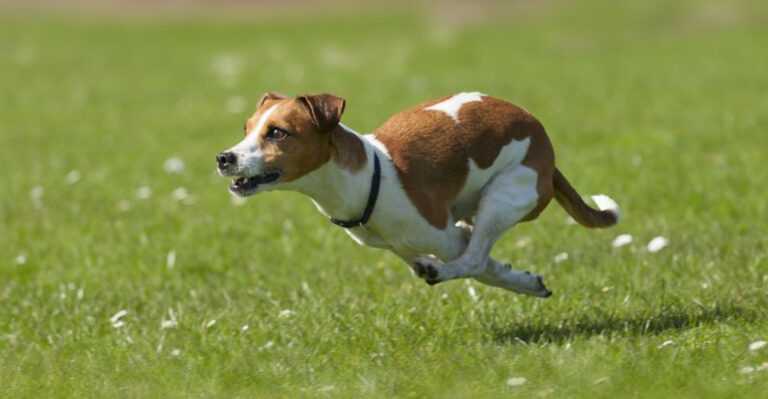7 Commands Horses Respond To (And 4 They Won’t)
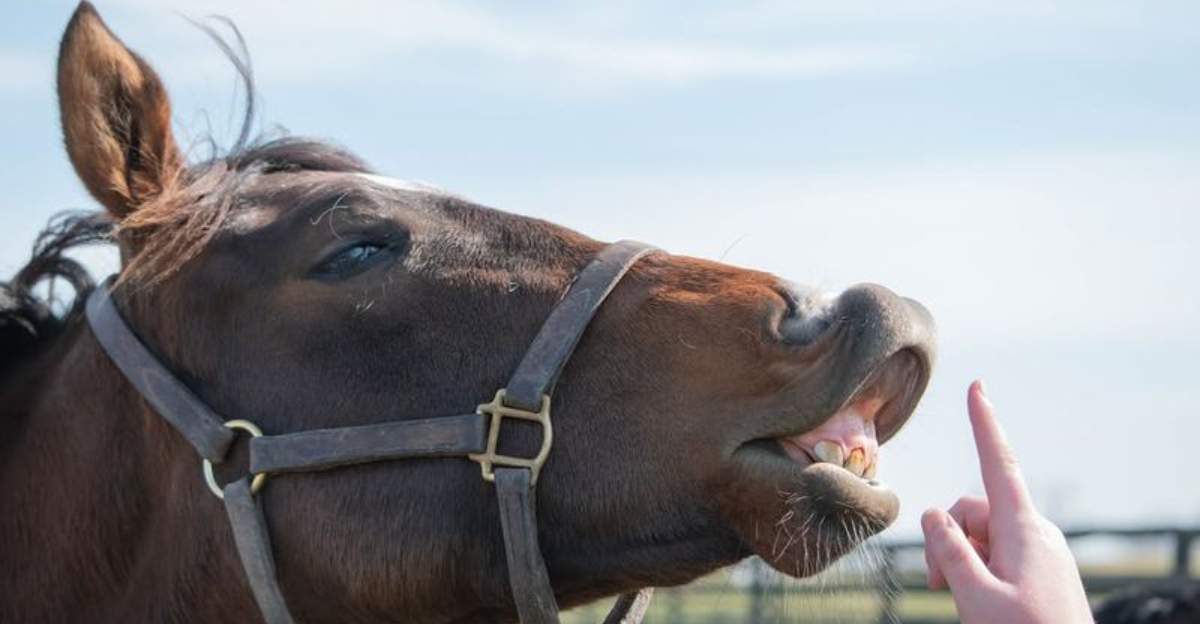
Horses are magnificent creatures with an extraordinary capacity to understand and respond to human commands.
However, not all commands yield the expected results. This article explores the commands that horses reliably respond to and some that often leave owners scratching their heads.
1. Walk On
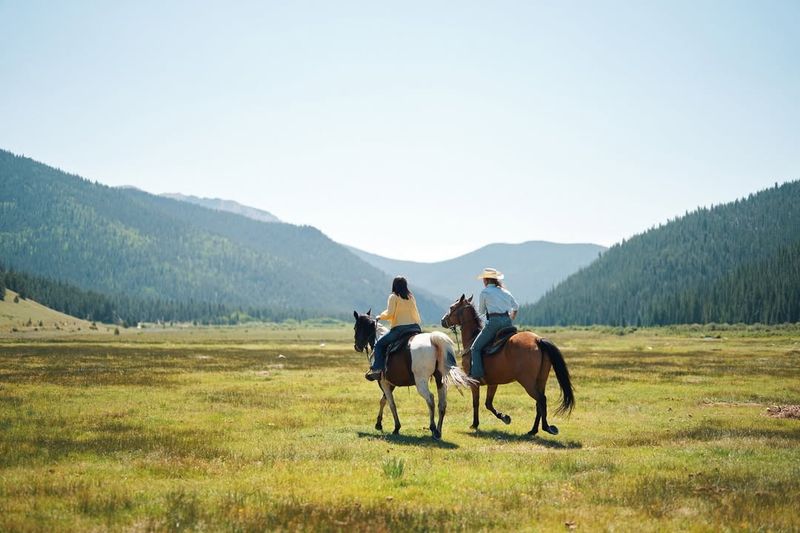
“Walk On” is a fundamental command every horse should learn. It encourages the horse to start moving forward at a walking pace. This command is particularly useful during training sessions and leisurely rides.
Effective when combined with a gentle nudge or a light tap with the heel, horses quickly learn to associate this verbal cue with forward movement.
Patience is key, as some horses may take longer to respond. Consistent repetition in a calm environment can make “Walk On” one of the most reliable commands.
2. Whoa
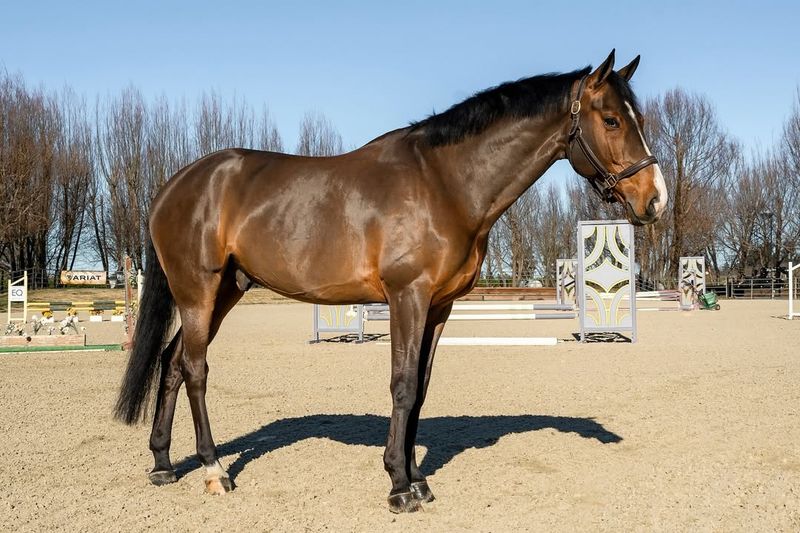
“Whoa” is crucial for ensuring safety and control. This command signals the horse to halt immediately, which is vital in unpredictable situations.
To teach this, trainers often pair the verbal cue with a gentle pull on the reins. Over time, horses learn to stop without pressure, responding solely to the voice.
The “Whoa” command is particularly useful during trail rides or in environments with potential hazards. Consistent practice ensures the horse stops on cue, providing confidence for the rider.
3. Trot
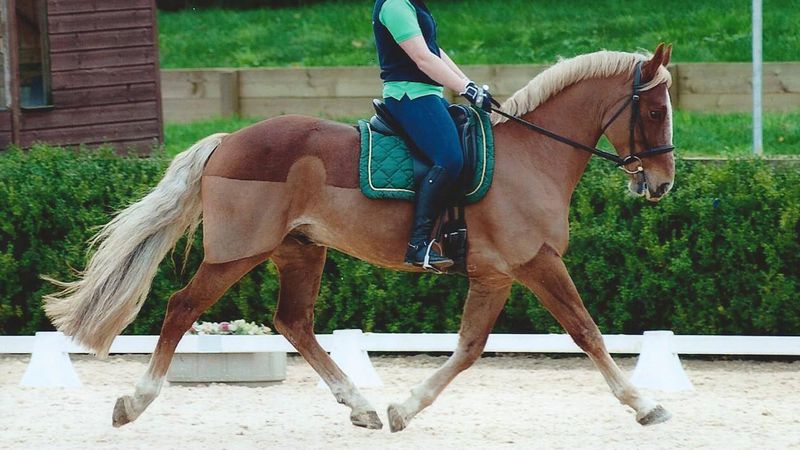
The “Trot” command is used to transition a horse from a walk to a faster, rhythmic pace. This command is perfect for exercises that require more speed but not the intense gallop.
Riders can enhance this command with a gentle squeeze of the legs to encourage the horse to pick up the pace.
Frequent practice helps the horse associate the verbal cue with the desired speed. “Trot” is essential for improving a rider’s balance and the horse’s stamina.
4. Canter
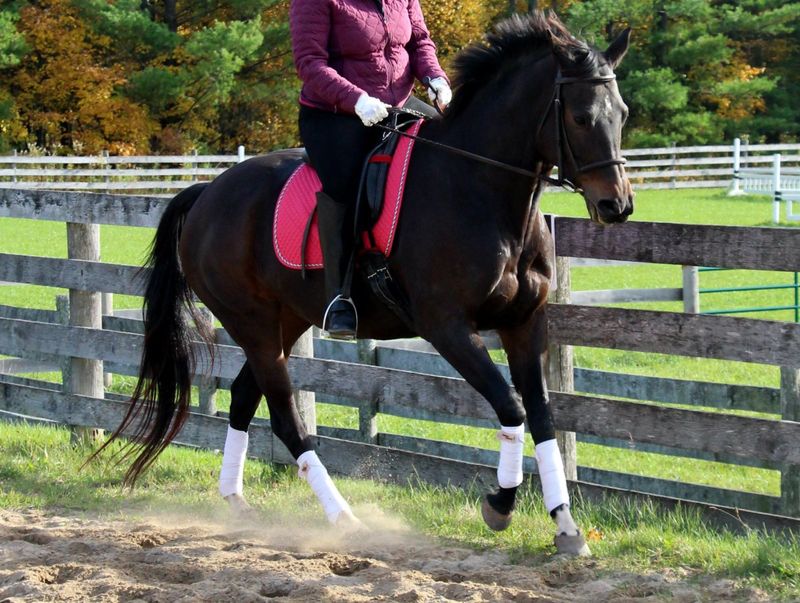
“Canter” is a more advanced command, signaling the horse to move faster than a trot but not as fast as a gallop. This three-beat gait is essential for show jumping and dressage.
The rider often uses a combination of verbal command and body cues to transition into a canter smoothly.
It’s crucial to practice this in a structured setting to allow the horse to understand the speed and rhythm required. For riders, mastering the canter improves coordination and timing.
5. Back Up
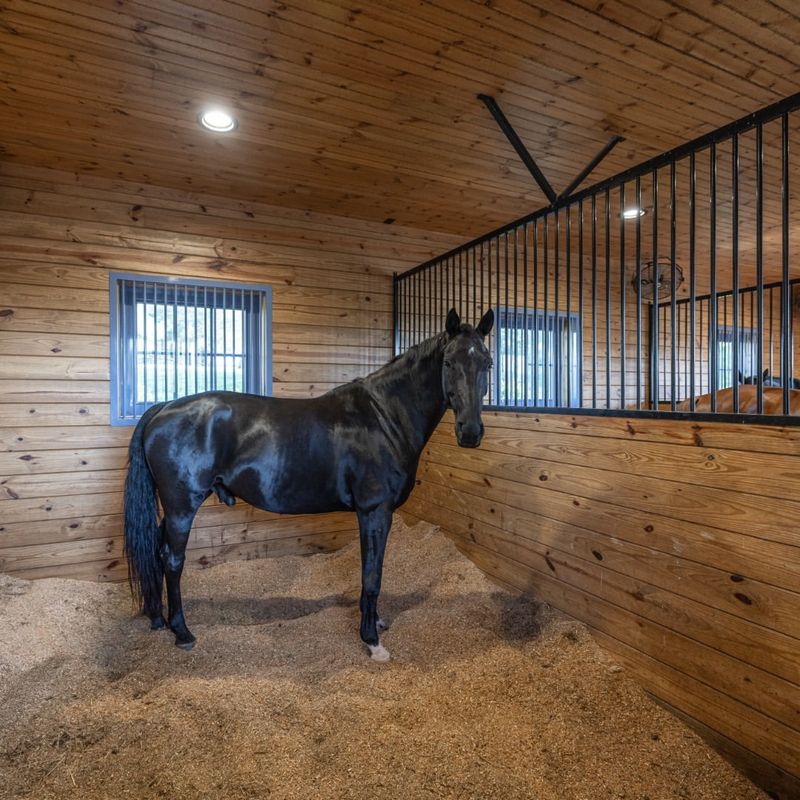
Teaching a horse to “Back Up” enhances its responsiveness and obedience. This command helps in tight spaces and when repositioning is necessary.
Trainers use a combination of verbal cues and slight pressure on the reins to encourage backward movement.
Consistency in training sessions helps the horse understand this command without resistance. Mastering “Back Up” is particularly helpful in barn settings and crowded showgrounds.
6. Stand
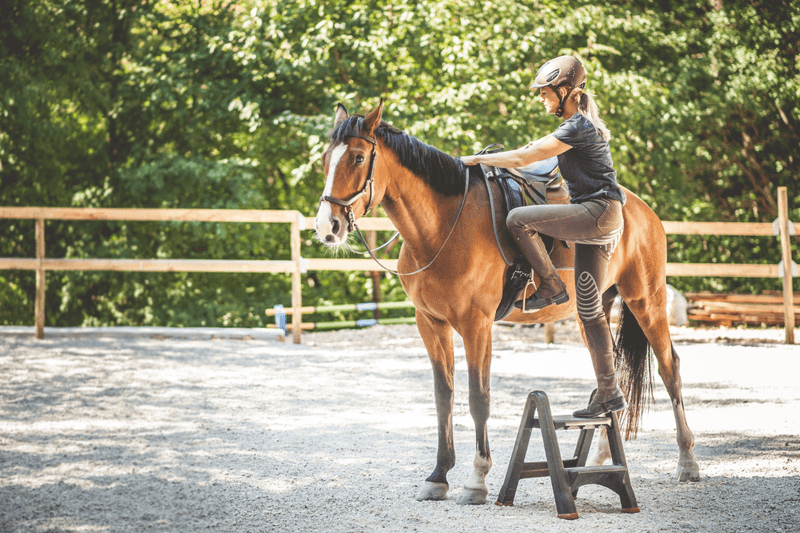
“Stand” is a command that asks the horse to remain motionless. It’s vital for grooming, mounting, and veterinary checks.
Initially, patience is required as horses learn to resist the urge to move. Consistent repetition and positive reinforcement are key.
Once mastered, “Stand” ensures safety and ease during various activities. This command is invaluable in keeping the horse calm and manageable during potentially stressful situations.
7. Come
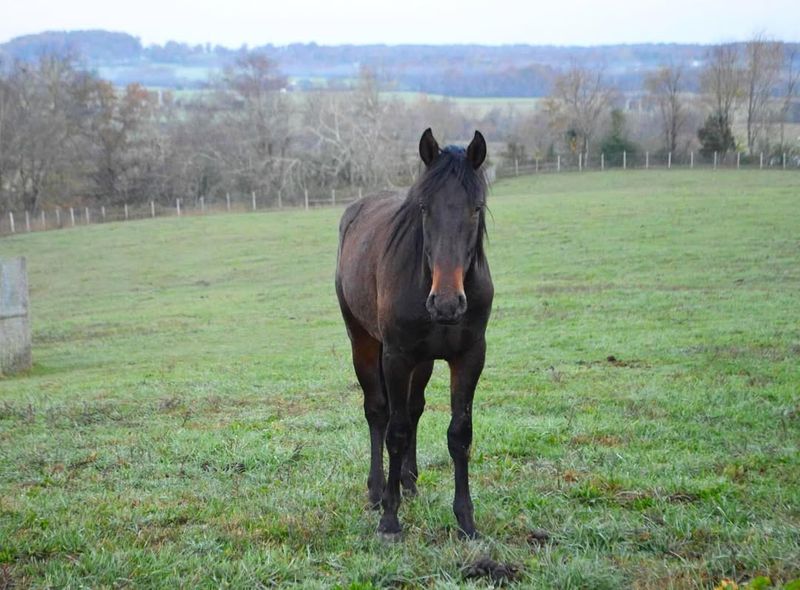
“Come” is a command that strengthens the bond between horse and handler. It signals the horse to approach the person calling.
This command is often paired with treats or positive reinforcement to encourage the horse’s trust and willingness.
Practicing in a secure environment helps the horse feel safe to approach. Over time, “Come” becomes an essential command, especially useful in large pastures or open fields.
8. Smile
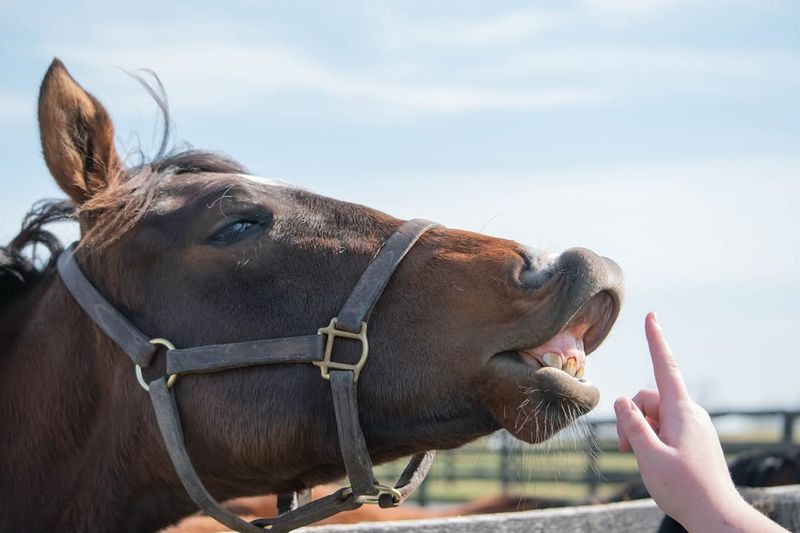
While a charming trick, “Smile” is not a natural command for horses. Often, it involves training the horse to lift its upper lip in response to a cue.
This action, while amusing, doesn’t come instinctively to equines. Patience and consistency can teach the behavior, but it’s largely for entertainment.
The command doesn’t serve a practical purpose in riding or handling. It’s a fun party trick rather than a functional command.
9. Dance
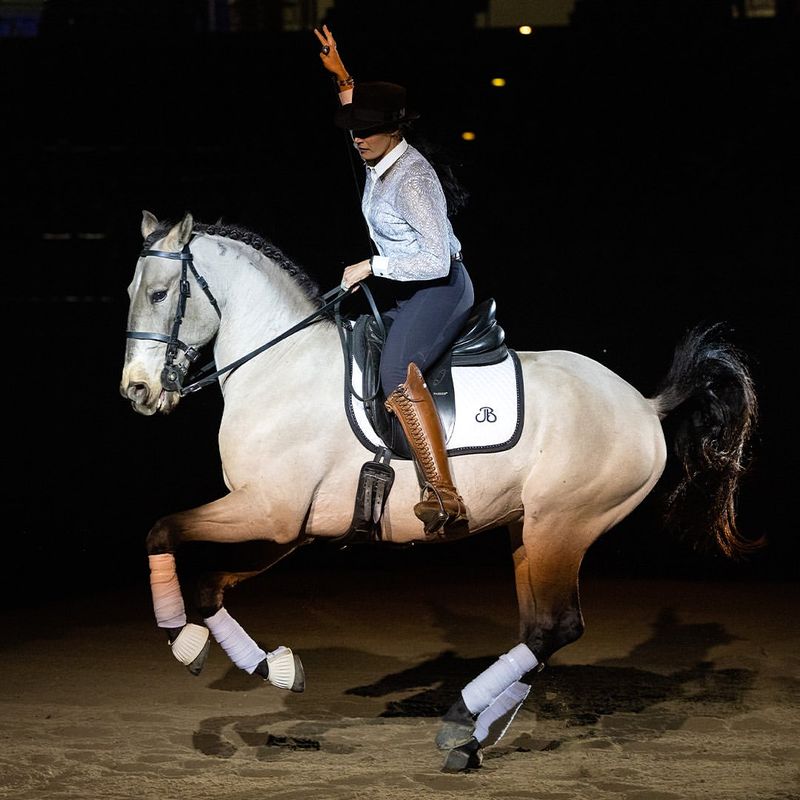
“Dance” is not a command horses understand naturally. It requires extensive training and conditioning to achieve even simple movements in time with music.
This is usually reserved for specialized trainers who devote significant time to teaching horses intricate steps.
Despite the challenge, some riders enjoy the spectacle of equine performances. However, it is not a command suited for everyday riders.
10. Shake Hands
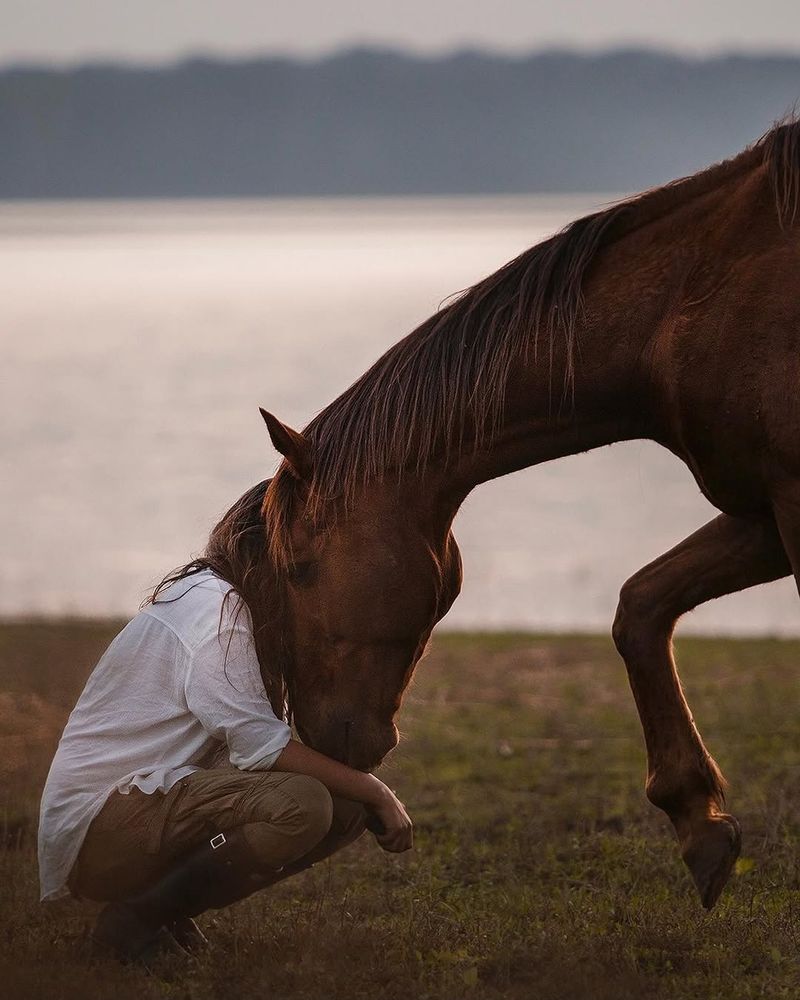
Teaching a horse to “Shake Hands” involves a lot of patience. This command asks the horse to lift a foreleg in response to a verbal cue or gesture.
Similar to “Smile,” it doesn’t align with natural equine behavior. Trainers use encouragement and repetition, but it’s a novelty rather than a necessity.
While impressive, “Shake Hands” doesn’t enhance riding skills or horse management. It’s more of a playful interaction between horse and handler.
11. Roll Over
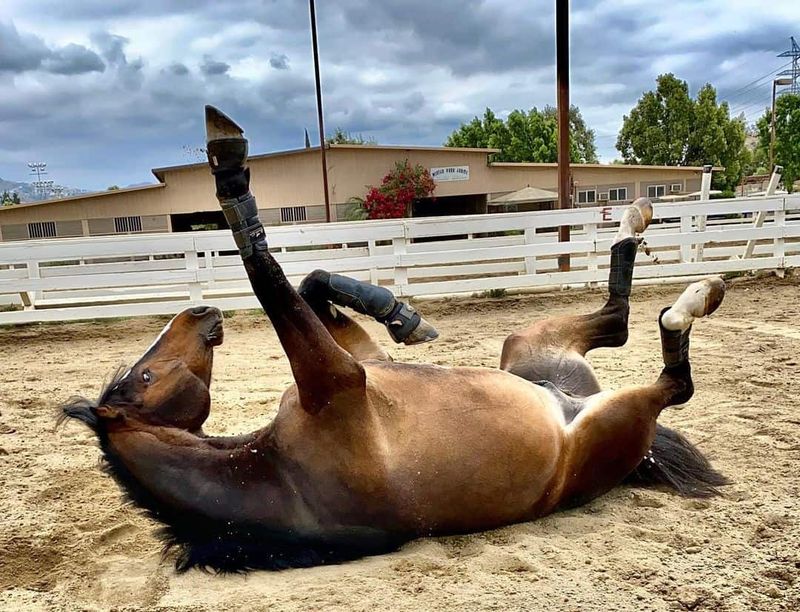
“Roll Over” is a command that is not feasible for horses. Unlike dogs, horses are large and not built for such maneuvers on command.
Attempting this could cause injury to the horse or handler. Rolling naturally occurs in horses without command, usually as a way to scratch their backs or in play.
This command is an unrealistic expectation and is not practical in any training regimen. It’s best left as a humorous notion rather than a serious command.

